
Doomsday Clock
The Doomsday Clock, a symbol created during the early years of the Cold War, serves as a metaphorical representation of the world’s proximity to a global

Dr Steve Liddle CEng FRAeS, is a Vulcan to the Sky Trustee and Principal Aerodynamicist at Aston Martin Formula One Team. The articles here are republished from Steve’s occasional series on ‘the aerodynamics of the V-bombers’, that he writes on the Vulcan to the Sky Trust LinkedIn page.
The Vulcan was required to save Britain from an existential threat: the risk of war between industrialised nations, even as the debris was being cleared from the last one. The lessons of how to create a credible deterrent using nuclear bomber aircraft had been established – the attacking aircraft would need to fly above defending guns and at an extreme altitude where it might outpace and outmanoeuvre any fighter that could reach it. In 1947, nobody knew precisely how to create an aerodynamic design that allowed the combination of Mach number and lift capability to achieve this, but satisfying the need was still essential. It was necessary for the aircraft companies to experiment, explore the boundaries of the known science and eventually produce an engineered solution that was good enough, quickly enough.
Avro seized upon the properties of the delta wing, not initially because it was the best aerodynamic solution but might offer the best combination of achievable structure and performance. The tools available were primitive and the help of national wind tunnel facilities at the Royal Aircraft establishment was required to refine the first design, exposing the need to thin the proposed flying wing to the extent that a stub fuselage was needed. Scaled test aircraft were built and flown, in the process becoming the first UK delta planforms to take to the skies. At the point that work on the prototype was about to begin, large strides were being made in the understanding of how to subtly shape the aerofoil sections along the wing span to improve efficiency; the RAE and Avro team stopped work and incorporated them with speed into a further revised design. In August 1952, the white painted prototype took to the air under the pin-stripe suited command of Roly Falk. Recognisably a Vulcan, it was however almost triangular in shape and – although it might have been suspected – harboured a dark secret.
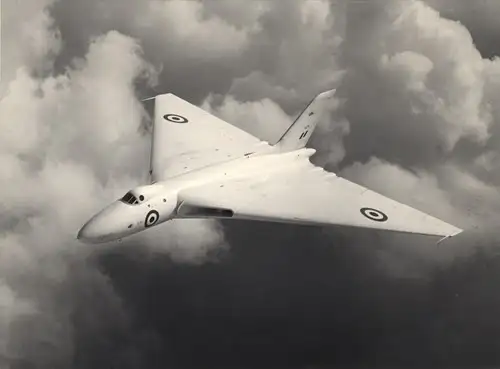
As the engine thrust gradually caught up with the airframe design and the prototypes explored their high altitude, high speed environment, a phenomenon known as buffet became obvious. The wing section shapes might have been the best that engineers had at the time, but they coped with rather than exploited the transonic flow that they working in. With strong shock waves forming on their surfaces, the flow separated and combined with the structure to cause heavy vibration. In the words of Avro test pilot Tony Blackman, “unless this buffet could be cured, the aircraft would be of no use as a bomber”
Such was the need for the Vulcan’s projected capability, that by now production aircraft were moving down the line at Woodford. A solution needed to be found that could be quickly retrofitted to these machines, and it would come from the combined insight of Herbert Pearcey at NPL and Ken Newby at RAE. Pearcey is not particularly well known, but his understanding of how to make use of the transonic (mixed supersonic and subsonic) flow would prove extraordinarily powerful. He reasoned that the boundary between the external subsonic flow and the ‘bubble’ of acerated supersonic flow over the suction surface of an aerofoil leading edge, could act to reflect the expansion waves back as compression waves towards the surface. In doing so, they would slow down the air such that the inevitable shockwave further rearward could be much weaker and cost much less in terms of energy. Downstream, the flow had a chance to stay attached to the surface, rather than separating unsteadily and causing buffeting.
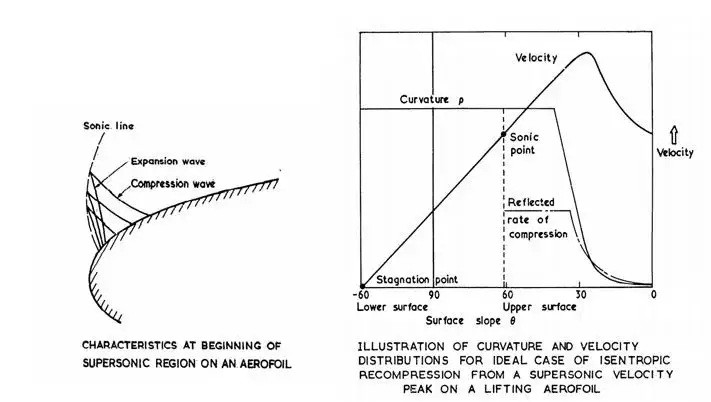
At the RAE, Ken Newby set to work in a rapid manner, using an existing Vulcan wing model and incorporating extended, drooped leading edges that conformed to the geometry required by Pearcey’s Supersonic expansion – isentropic compression technique. Owing to the large, lift generating suction peak that was now sustainable at the leading edge, the shape became known as the ‘Peaky’ aerofoil. Newby overcame many challenges, not least of which was how to even detect buffet in the wind tunnel using a rigid model, which of course would not vibrate in the same way as an aircraft structure. He reasoned that detecting the pressure trace at the trailing edge would give him a ‘surrogate’ parameter, which should correlated to flight measurements of buffet.
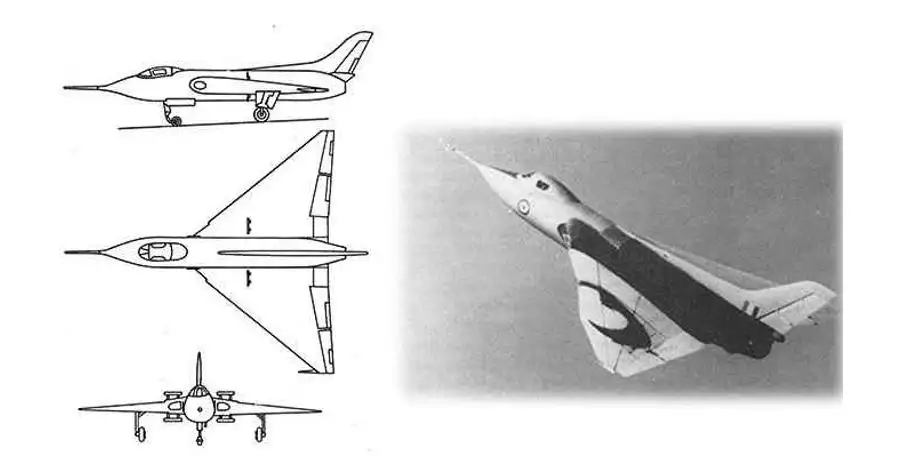
Newby’s new design of extended and drooped leading edge could indeed be retrofitted ahead of the main structural wing box of the Vulcan – he had allowed Avro to engineer a viable solution. Following the wind tunnel test, it was shown to work perfectly on the high speed 707A scaled test aircraft, before being fitted to the second Vulcan prototype and proving at large scale to be even more effective.
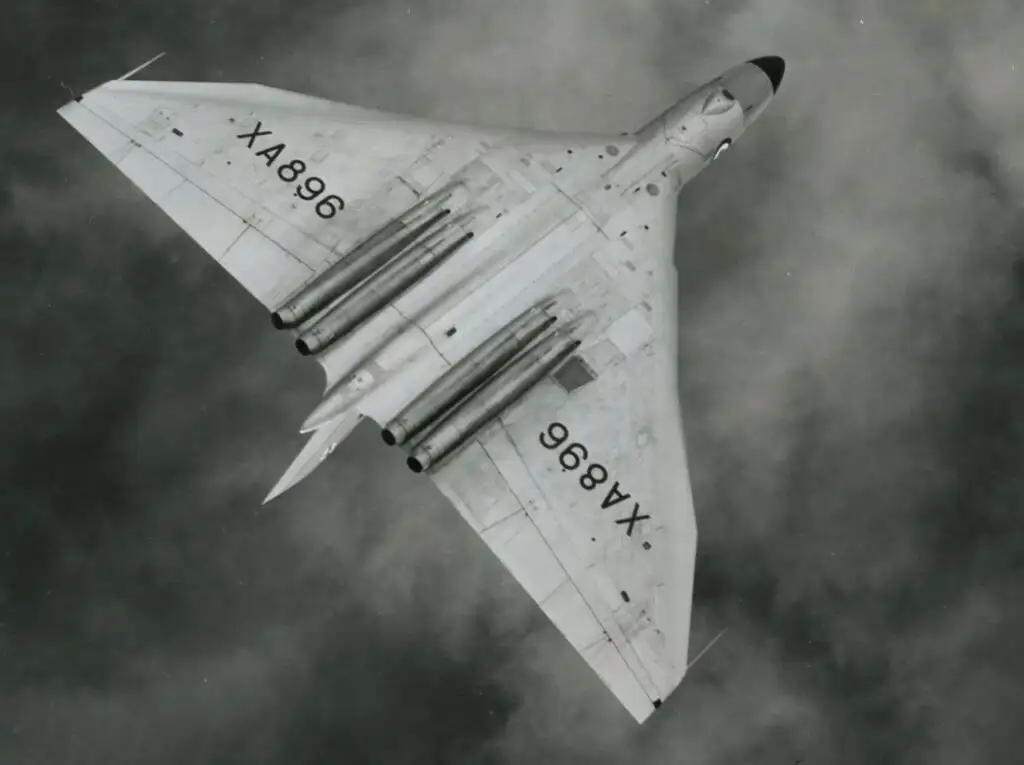
There is little doubt that the aerodynamic intervention of Pearcey’s new aerodynamic technology, couple with Newby’s insight into its rapid application, saved the Vulcan programme at a critical juncture. It is difficult to imagine that with production already underway and an alternative aircraft available to fulfil the same role, a major structural redesign would have been viable.
Pearcey was delighted that his concept had been proven in flight and as soon as possible used the Vulcan example to explain his new aerodynamic concept. It’s industrial significance would become very clear, very quickly. In the same year that the modified Vulcan entered RAF service, Vickers began to exploit the potential of this invention to confer the competitive performance of its new VC10 airliner, designed to combine relatively short runway performance with high cruise speed and efficiency. The new aerofoils allowed wing sweep to be reduced, which in turn gave a lighter structure that gave more low speed lift. Two years later, De Havilland began work on its Trident airliner for BEA, again using a peaky aerofoil combined with other advances. These two aircraft were recognised on both sides of the Atlantic as having the most advanced civil aircraft wings of the time, and subsequent US jets including the 747, which maintained its original wing design almost unchanged until the final 747-400 was built in 2005 and through its efficiency opened up long haul travel for millions of people, used this technology.
Without the Vulcan demonstration, it is unlikely that Vickers and De Havilland would have taken the risk in using the peaky aerofoil and advancing the state of the art of swept wing design. This became very important in the mid 1960s, as the lead established by the UK aerospace industry in transonic wing design meant that the Vulcan’s manufacturer (by now Hawker-Siddeley) was sought by European partners to join what would become Airbus. This even survived the withdrawal of the UK government and – amazingly – HS was funded by the West German government to ensure that it stayed in the consortium. Today, the risks taken, based on the promise of the advanced aerodynamic technology underpinned by Pearcey’s aerofoil, have resulted in extraordinary improvements in aircraft efficiency and an enormous contribution to the UK’s high technology economy. Would it have happened without the Vulcan’s demonstration? Inevitably, but perhaps not in sufficient time to establish this reputation and credibility. The UK might well have missed the (Air)bus.
There is one more – military focussed – story that Pearcey’s aerofoil contributed to. Hawker-Siddeley and Rolls-Royce looked to integrate the vectored-thrust Pegasus turbofan engine into a viable military VTOL aircraft at the start of the 1960s. A major problem was the shape of the engine inlet, which needed to support high thrust through efficient pressure recovery, across a speed range from zero knots in the hover to 600kts in combat. The realisation came that the peaky aerofoil could become the peaky inlet lip (in fact the Harrier also used a peaky aerofoil for its wing). The success of the resulting combination needs no further comment, but as a point of interest, all of the UK fixed wing combat aircraft deployed to recover the Falkland Islands in 1982 – Sea Harrier, Harrier and Vulcan – owed substantial parts of their aerodynamic philosophy to Pearcey’s work.
Today, most civil transport aircraft use ‘supercritical aerofoils’. These are greatly advanced from those considered in the 1950’s (as they should be), but still exploit Peacey’s peaky mechanism as a vital part of their flow physics. So, without this British innovation demonstrated on the Vulcan, it would at the very least have been much later before the global efficiency and fuel saving gains were realised, and the UK may not have been placed to economically exploit it.
The paper Pearcey, Newby and Vulcan, from which this article is extracted, is available to download from the Royal Aeronautical Society’s online Journal of Aeronautical History: JAH: Pearcey, Newby, and the Vulcan (aerosociety.com)

The Doomsday Clock, a symbol created during the early years of the Cold War, serves as a metaphorical representation of the world’s proximity to a global
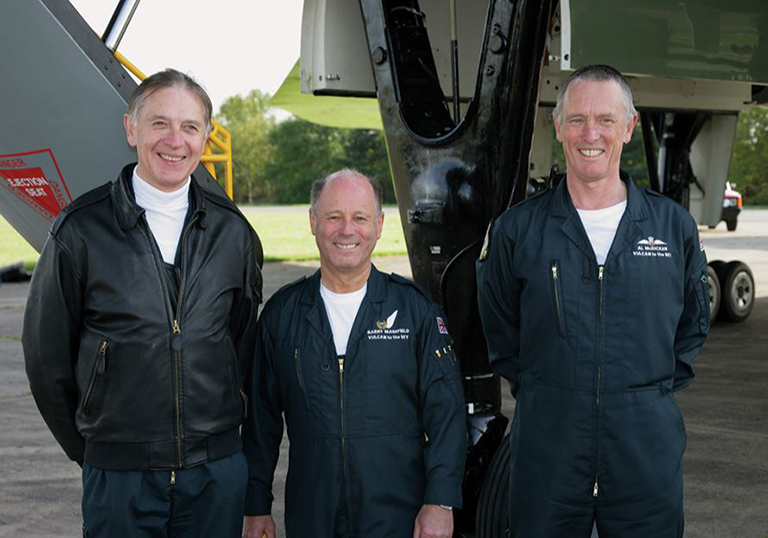
The waiting was over. At last Taff Stone and his team of engineers had finished sufficient of the winter servicing schedule to enable XH558 to be
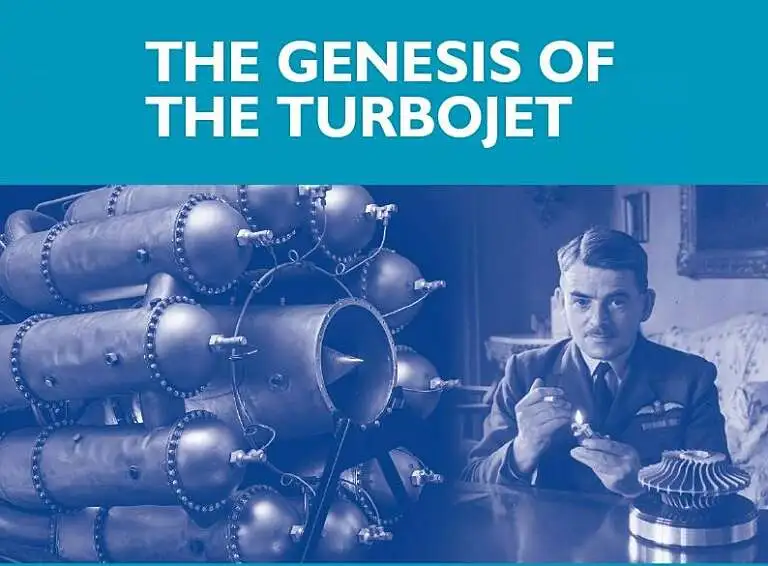
Rolls-Royce and others become involved… In January 1940, Whittle had met Dr. Stanley Hooker of Rolls-Royce, who in turn introduced Whittle to Rolls-Royce board member
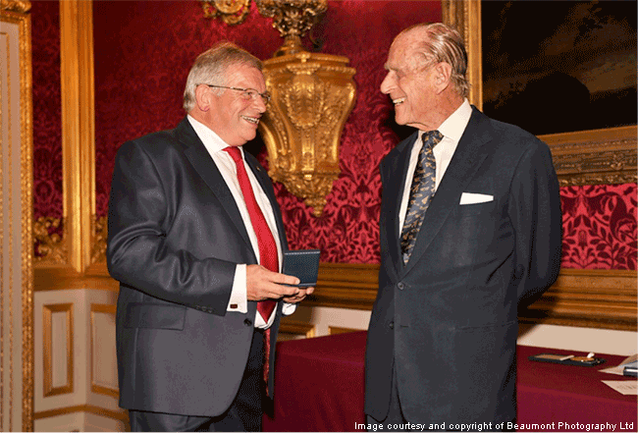
There are many links with the Royal Family and the Avro Vulcan. Prince Philip, the Duke of Edinburgh, was honorary Patron of The Air League